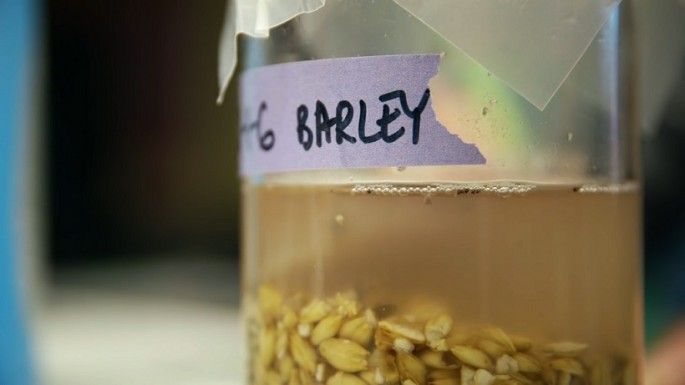A group of Stanford University students gathered at the university's Archaeology Center on an experiment to make beer out of a 5,000-year-old Chinese recipe, to recreate samples of the world's oldest alcoholic drinks.
The ancient recipe, which was discovered by a group of researchers that include Stanford University archaeology professor Li Liu, consists of the following ingredients: millet; barley; yam; lily root; and Job's tears, a kind of grass found in Southeast Asian countries.
Liu decided to hold the activity as the final project for her Archaeology of Food: Production, Consumption and Ritual course. She and other researchers who discovered the recipe published their findings at the Proceedings of the National Academy of Sciences.
Popular Mechanics reported that the recipe was uncovered through a thorough analysis of Chinese pottery, which were found to have been used for beer brewing and storage. Liu and other researchers measured the artifacts to be at least 5,000 years old.
Apart from being a fun activity, Liu figured that it would be interesting to see how her class would interpret the age-old guide to creating early Chinese beer, noting that the way the ingredients are mixed properly remains a mystery.
A variety of results came out of the class experiment, ranging from musty to citrusy. One factor that intrigued Liu regarding the experiment is its inclusion of barley--an ingredient that did not flourish as a food staple in China at the time the recipe was made until much later.
Per Liu, the recipe suggests that barley was brought into China originally for creating beer, since it was not used in Chinese cuisine until a thousand years after the recipe's estimated time of creation. The entire experiment, the professor says, provides an interesting insight into the evolution of human behavior.
The class experiment will form part of further research by Liu and the researchers, following through their original discovery of the ancient beer recipe. That provides the students an opportunity to contribute to studies in archaeology, apart from understanding the ways and means of ancient behavior.
Watch Stanford University's feature on the experiment below:



























